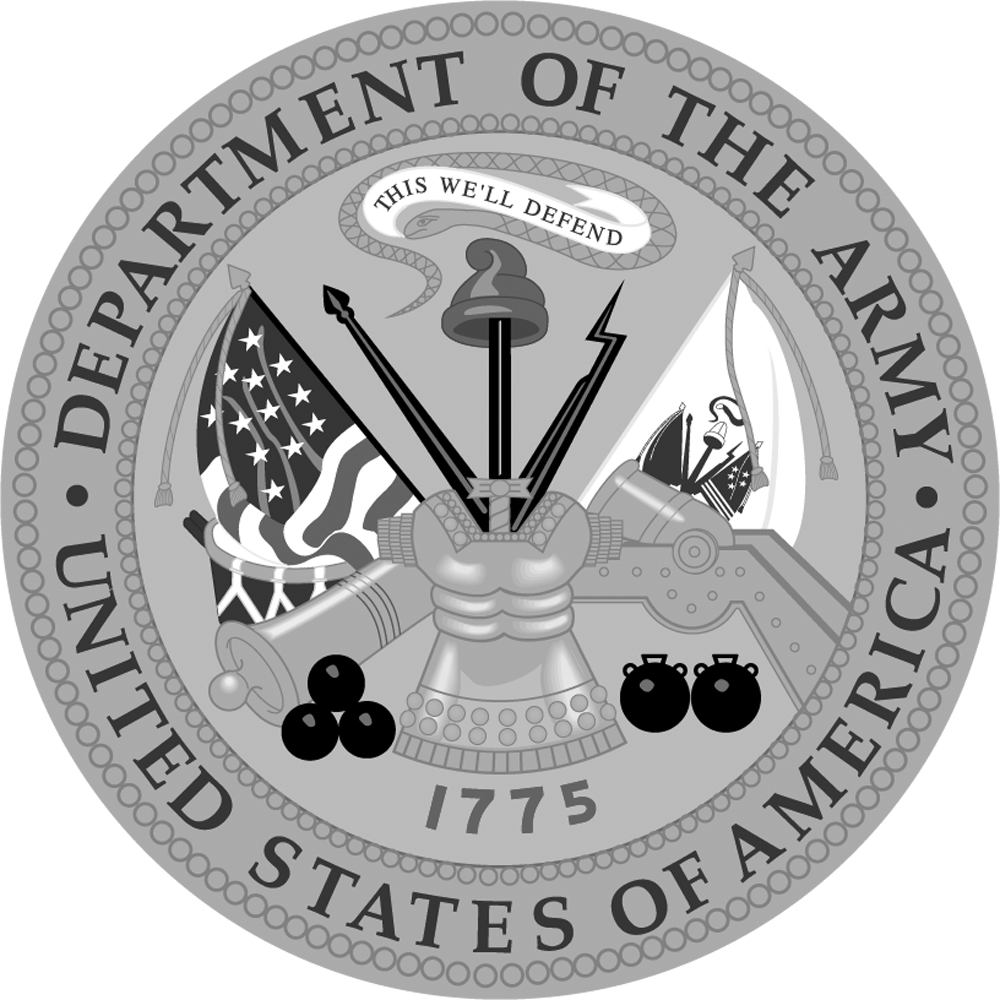Intel Corporation
Supplier Financial Health Report
Overview
June 2024
USA
Incorporated Country
124,800
Number of Employees
A
Credit Rating
76
Count of Investments

Five-Year Financial Trend Analysis for Intel Corporation
CONSTANT
Credit Trend
98.15%
Total Balance Sheet Growth Rate
59.53%
Total Debt Growth Rate
Intel's annual revenue has shown a decrease, dropping from $70.85B in 2018 to $63.05B in 2022, a change of 11.00%. Despite this decrease, Intel's balance sheet has shown an increase, rising from $91.9B in 2014 to $182.1B in 2022, a significant 98.15% change. The cash trend has also shown an increase, rising from $2.56B in 2014 to $11.14B in 2022, a substantial 335.14% change.
Intel has undergone three funding rounds, raising a total of $2.54B. The company has made 76 investments and has had 35 exits. Intel's CEO is Patrick P Gelsinger.
The annual Net Income and EBITDA trends have shown a decrease, indicating a decline in profitability. However, the Net Operating Cash Flow and Capital Expenditures trends have shown an increase, suggesting that Intel is investing in its future growth. The Free Cash Flow trend has shown a significant decrease, which may indicate a short-term cash crunch.
Intel's revenue is heavily dependent on China, with 26.81% of revenue coming from that country. Other significant contributors include Singapore, Taiwan, Japan, Germany, India, the United Kingdom, France, Italy, and Canada.
Despite the decrease in revenue and profitability trends, Intel's strong credit rating and stable credit trend suggest a financially healthy company. The increase in capital expenditures and net operating cash flow indicate a focus on growth and investment in the future. However, the significant decrease in free cash flow may indicate a short-term cash crunch. Overall, Intel's financial health remains strong, but there are signs of a shift in financial trends that investors and stakeholders should monitor closely.
Financial Health Risk Assessment for Intel Corporation
LOW
Credit Risk
LOW
Bankruptcy Risk
MEDIUM
Financial Health Risk
Intel's net income and EBITDA trends have shown a decrease, indicating a decline in profitability. However, the net operating cash flow and capital expenditures trends have shown an increase, suggesting that Intel is investing in its future growth. The free cash flow trend has shown a significant decrease, which may indicate a short-term cash crunch. Intel's revenue is heavily dependent on China, with 26.81% coming from that country, which may expose the company to economic and political risks.
Intel's financial health ratios, such as the current ratio, debt ratio, debt-to-equity ratio, gross profit margin, net profit margin, return on assets, return on equity, quick ratio, asset turnover ratio, and Altman Z-Score, are generally in line with or better than industry standards. However, there is still room for improvement in areas such as profitability and asset utilization.
The liquidity risk and solvency risk, although classified as low, are worth monitoring due to Intel's higher level of current liabilities and debt compared to current assets and equity, respectively. Intel's financial health remains strong, but there are signs of a shift in financial trends that require close monitoring. The significant decrease in free cash flow may indicate a short-term cash crunch that investors and stakeholders should keep an eye on. Overall, Intel's financial health is strong, but there are areas of concern that merit further investigation.
List of UEIs for Intel Corporation
ABOUT SUPPLIER FINANCIAL HEALTH REPORTS
Ark provides definitive, consolidated analyses of every vendor, subcontractor, supplier, grant awardee, non-profit, and investment organization in the national security and defense sectors. Supplier financial health reports are AI-assisted analyses of the current health and stability of an organization, as well as the trends, trajectory, and risk indicators that partners and stakeholders need to know about.
Explore Additional Analyses
ABOUT ARK.AI
The Ark is the only software platform purpose-built for Defense Acquisition that leverages authoritative commercial data and AI-enabled Applications designed to solve Acquisition challenges. With the Ark, analysts and decision-makers gain the ability to manage Acquisition programs proactively, allowing them to unwind the legacy complexity and effectively field modern warfighting systems that compete with China.
The Leading Defense Acquisition Software.








OUR APPLICATIONS
AI-enabled Applications within The Ark reflect standard workflows across the Defense Acquisition Process. From Science & Technology to Modernization, these Applications allow for the execution of rapid, efficient, data-informed decisions, standardized reporting, and efficient workflow management. The Ark enables your team to transform Defense Acquisition into a strategic advantage.